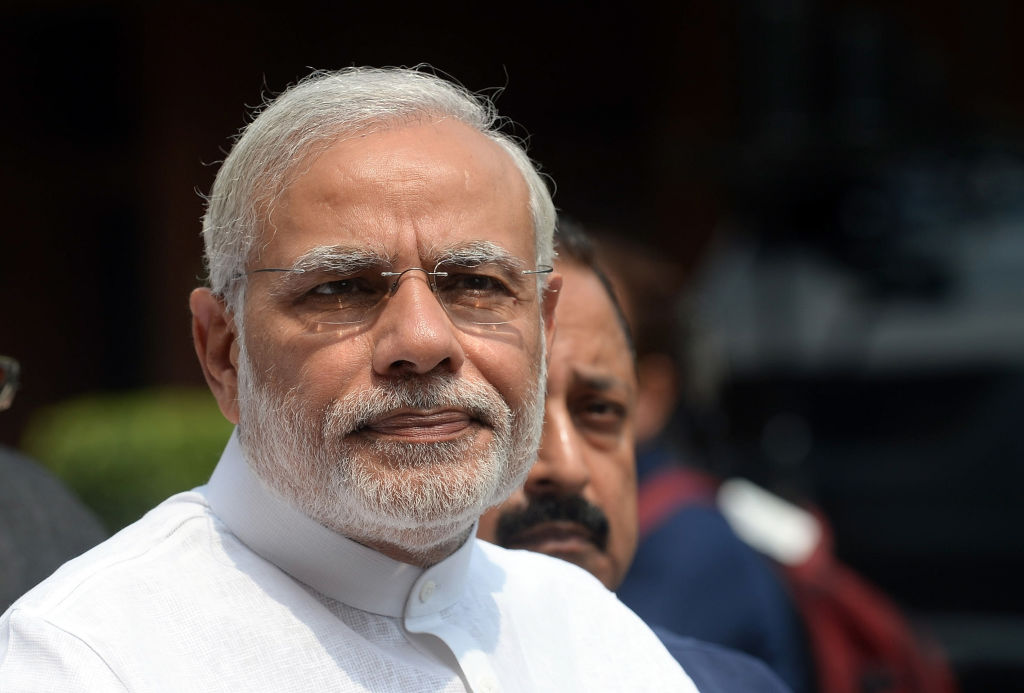- Saturday, April 27, 2024

By: Shubham Ghosh
INDIA’S real gross domestic product (GDP) growth for the 2022-23 financial year is likely to be above seven per cent, despite global headwinds, the country’s junior finance minister told the parliament on Monday (18).
In a written response to a lawmaker’s query in the Lok Sabha or the Lower House of the parliament on the inaugural day of the monsoon session, Pankaj Chaudhury, India’s minister of state for finance, said, “Though the geopolitical situation and the consequent elevated commodity prices have imparted considerable uncertainty to the global growth momentum, India’s real GDP growth is expected to be still above 7 percent in 2022-23.”
ALSO READ: India’s foreign exchange reserves slump to 15-month low
India’s GDP is estimated to have grown at 8.7 per cent in 2021-22, making up for the pandemic-induced loss in 2020-21, the minister added. He said the growth momentum is expected to continue in 2022-23 as well as seen in several high-frequency indicators.
Why the growing strength of US dollar against Indian rupee is not an isolated event
“This is in contrast to many advanced and emerging market economies where considerable downward revision in GDP growth rate has been made by international agencies like IMF post Russia-Ukraine crisis,” Chaudhury said.
While India’s pandemic-hit economy is showing signs of recovery, yet headwinds from global monetary tightening, continued supply-chain issues and high domestic inflation have pushed the country’s central bank — the Reserve Bank of India — to raise rates steeply.
Chaudhury said the Indian government “is closely monitoring the global price movements and their impact on India’s economy through trade”, adding that it has taken various supply side measures, such as a cut in excise duty on fuel commodities such as petrol and diesel to reduce inflationary pressures.
![]()